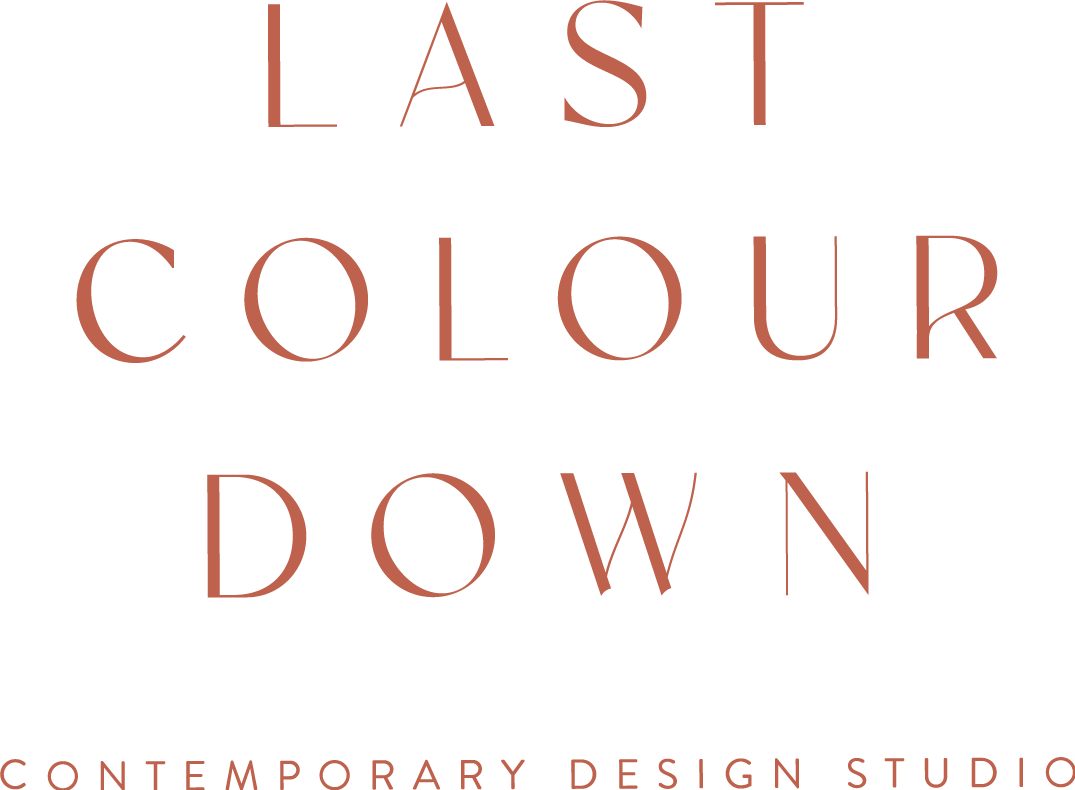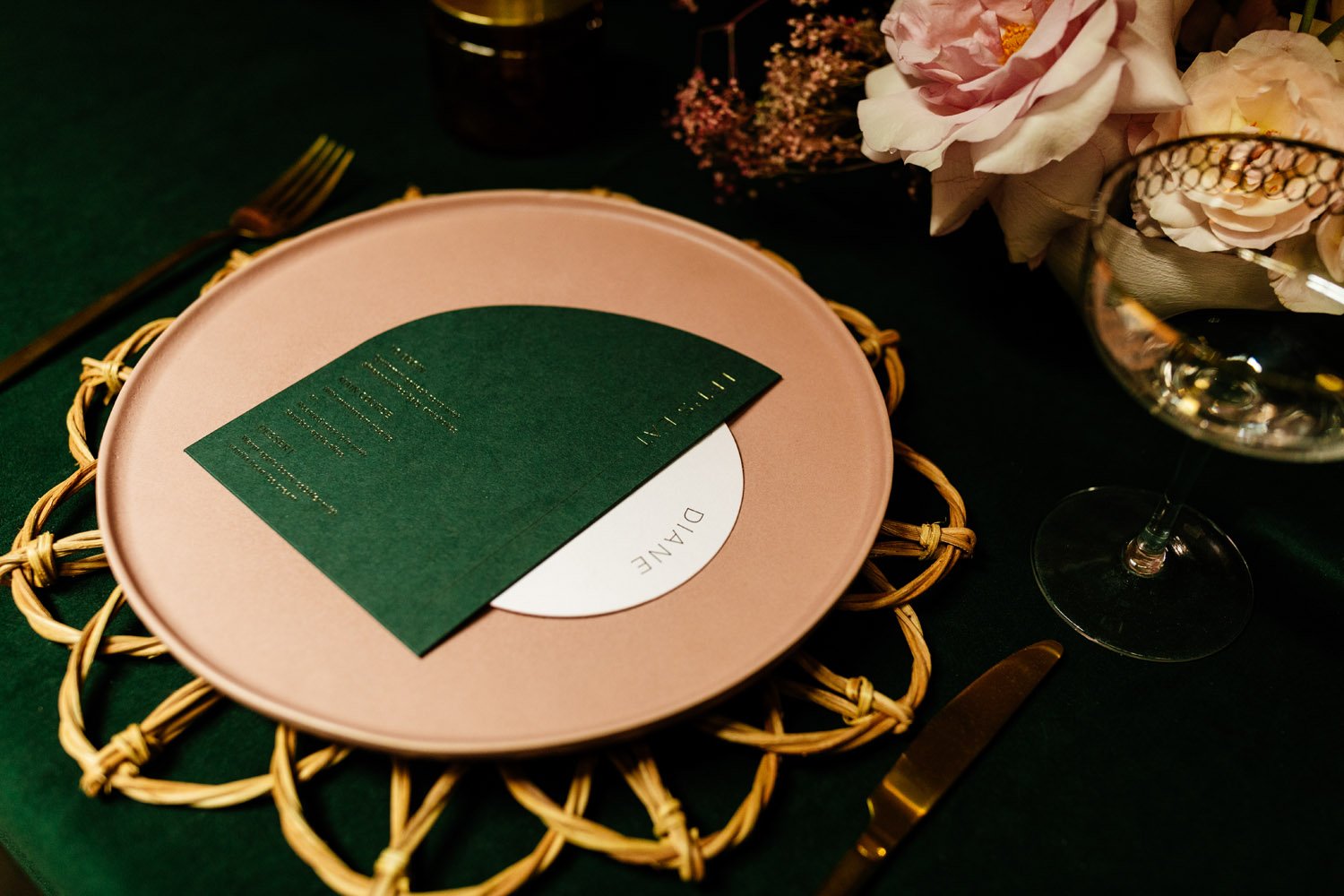Printing techniques
All your burning questions about printing answered here!
Digital Printing
Digital printing is the most common method of printing for wedding stationery, and also the most cost friendly.
It is a 4-colour process, meaning that there are no plates or set-up costs involved. While this method is great for couples on a tighter budget, it does mean that you have less control over the finished product (colours etc.) and digital printers unfortunately cannot run very thick paper. Normally, the thickest paper you can get with digital printing is 300gsm, which is what my semi-custom Studio Collection uses.
Investment: €
Minimum Quantity: 25
Hot Foil
Hot foiling uses both heat and pressure when printing; heat to activate the glue on the foil and pressure to push the foil into the sheet.
Hot foiling is ideal for smaller intricate designs. Available in gold, silver, white, rose gold, and holographic foil. Other foil colours available upon request. Works beautifully with both dark and light-coloured paper stocks.
I only offer hot foiling both in the Luxe Collection and as an upgrade to the Studio Collection.
Investment: €€€
Minimum Quantity: 50
Embossing/debossing
Embossing pushes up into the sheet, and debossing pushes down into the sheet.
This is a gorgeous print method, which really adds that touch of contemporary class to wedding invitations. Blind debossing (debossing with no ink) is a personal favourite here at Last Colour Down!
Investment: €€
Minimum Quantity: 50
Die Cutting
Die cutting is used to create the unique shapes you see in our custom work and in some of the Luxe Collection designs.
A steel plate is made with a cut-out of the desired shape. This plate is then used to cut the paper into the shape. It works much like a cookie cutter!
Investment: €€
Minimum Quantity: 50
Letterpress
Letterpress is a beautiful traditional printing method, which can add texture and depth to your stationery.
The letterpress technique creates a deep impression into the paper achieved through the use of plastic plates on a letterpress machine (traditional metal or wooden letter blocks can be used too). The plate is covered with ink and pressed into the paper creating an inked debossed effect. The thicker the paper, the deeper the impression, so a 570gsm - 600gsm paper is recommended for use with letterpress. Only matte inks are used in letterpress.
Investment: €€€
Minimum Quantity: 50






